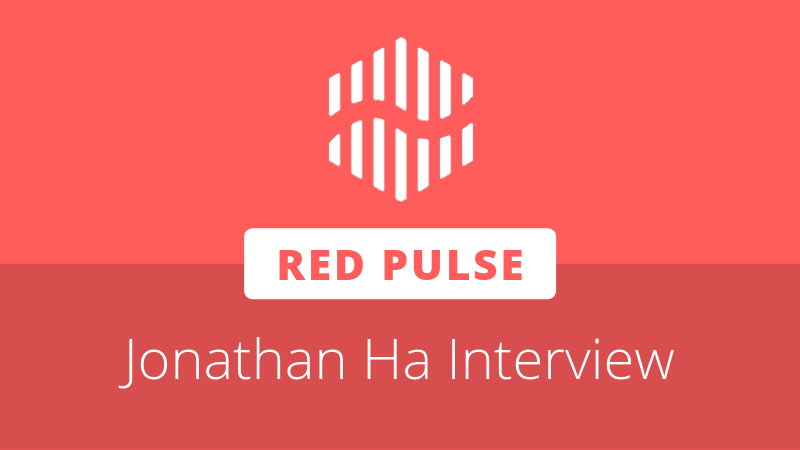
In many ways, Red Pulse CEO Jonathan Ha has been a NEO blockchain pioneer. Red Pulse, originally known for its subscription newsletter covering Chinese capital markets, broke new ground in October 2017 as the first company to host a public token sale on NEO. Its campaign was successful, quickly raising the hard cap of 405,844 NEO (US$15 million) in its first day and funding the company’s plans for expansion.
Red Pulse describes itself as a “market intelligence platform” offering investors “timely, relevant, and actionable” information in order to operate in China’s large, yet enigmatic, financial and capital markets. The flagship Red Pulse product is an “information economy” that aims to connect English-speaking capital with accurate, transparent analysis of Chinese corporations and their markets. Its market research is offered to paying subscribers, and in more limited forms, to the general public as well.
Since its capital raise, Red Pulse has been somewhat less prominent in the NEO blockchain community, as internal development has taken priority. As CEO, Ha has presided over the launch of the Phoenix platform and the onboarding of third-party analysts, who are paid in inflationary PHX tokens. Its “Intellifeed” targeted news feeds offer a wide range of customizable, machine-curated content to Red Pulse’s “Professional” subscribers, while its niche Crypto Pulse information service prepares for a public beta release.
Red Pulse also conducted a swap from its original RPX token to its PHX token, which features an upgraded smart contract, and introduced a staking model on its website that offers participants a 5% yearly reward of inflationary PHX.
NEO News Today’s Colin Closser caught up with Ha from Shanghai, China.
NNT – Colin: I’ll get right to it. It seems like your platform is up and running. How has business been?
Jonathan Ha: Business is great. So our platform has been live for half a year now, and we’ve got close to 250 of these freelance contributors that are now sharing their insights on China markets and getting paid in our PHX token. So the ecosystem is actually quite healthy, we’re continuing to scale at a pretty steady rate.
And some of the content is actually open to everyone to view. That allows for people to share their own preferences as to what they believe to be more valuable content versus others, and a lot of that contributes to the payout mechanism. The algorithm that determines how much each person gets paid for the articles takes into account the number of views, upvotes, the number of ratings, positive ratings that each of these articles receive.
There’s some aspects of the content that is considered just for premium users, and that’s where we have the opportunity to sell subscription services. We do have a standard rate, but we don’t typically publicize that.
Colin: Okay. So you were the first to build on NEO. I feel like in some ways Red Pulse has come further than NEO has in terms of maturity. I think that the NEO blockchain, although it has a lot of potential, still has a long way to go with usability and uptime. How is your experience building on it? I know that you ran a token swap in order to upgrade some features. How has it been?
Jonathan: Our experience has been good overall. Certainly there’s been some hiccups along the way. There have been some situations where the NEO blockchain has been under attack, by what’s called a ‘spam attack.’ Because there is no need for any small amount of GAS to perform a transaction, that allows for potential bad actors to flood the network with transactions. So we’ve had to contend with that, but NEO’s been great about fixing those issues in a pretty timely fashion.
I, myself, haven’t experienced any downtime extending longer than a couple of hours at most throughout the day. Which is unfortunate, but in the grand scheme of things, it’s not a huge price to pay for generally pretty stable uptime.
Colin: Yeah, I compare it to Ethereum, where I think their uptime has been better, but you’d have a more significant cost of even paying your contributors every day. If you were sending ERC-20s every day, there would be a bigger budget for that.
Jonathan: That’s right.
Colin: So, your inflationary model. I have to admit, at first I was skeptical that a cryptocurrency with inflation could be very viable. But it seems like it’s fueling your content production. Every day I look, and it seems like there’s quite a bit more content. And it’s all coming from inflation?
Jonathan: That’s exactly right. The inflationary tokens are used for two purposes. One is for the content contributors, and the other is for staking. So people that are staking their PHX coins on our platform are able to receive our additional staking reward.
That’s actually been quite effective also in moderating the price volatility. You see how volatile most cryptocurrencies are. And ours is volatile, if you compare it to a normal asset class. But perhaps not as volatile as it would have been otherwise if we had not implemented staking. In our view, it gives people a nice reward to have continued faith and confidence in our platform. And in the ecosystem, it disincentivizes people from doing these immediate, large transactions of either buying or selling. Especially on the selling side, I would say, and that helps moderate things.
Colin: Yeah. I noticed, incidentally, I was looking at your market on Binance, and you guys were among the volume leaders this weekend [March 9th & 10th].
Jonathan: Right. We saw that, we were quite shocked.
Colin: But prior to that, since the platform launched, there was six months of very stable price action, about 260 Satoshis.
Jonathan: Yeah, exactly. It kept pretty stable there, and it would fluctuate within a range of maybe 20 or 30 Satoshis, which we were pretty happy with. We know that people have bought the coin in hopes of pretty quick returns. But from day one, we’ve always given the guidance that this isn’t intended for investment. This coin is to help build the ecosystem and to participate in the ecosystem. If the coin gradually rises, then that would be a perfect situation for us.
Colin: You have the staking tied to the platform, so you’re kind of encouraging people, if they’re going to be rewarded for staking, they have to be at least passingly familiar with your actual product.
Jonathan: Exactly.
Colin: You’ve also brought Stripe on board as a payment processor. On the site, you state that users can’t buy PHX with the Stripe funds.
Jonathan: That’s correct. However, they can purchase information and services from Red Pulse and our analysts with their fiat.
Colin: So that’s your onboarding solution. People can use the site without understanding the token’s value, and then their activity translates into demand for PHX.
Jonathan: Exactly. There’s a couple of ways the company is driving demand for PHX.
One is that all of our products and services on the platform can be purchased with PHX. Even institutions who wish to pay with PHX can do so by obtaining it from secondary markets and exchanges.
The second way of driving demand for PHX is, once people are already using the platform, they can top off the account to participate in staking rewards. So that’s a natural driver of demand for PHX, not necessarily based on our products and services.
Last but not least, we are quite happy using the token economy to drive content creation, and a lot of our analysts are happy to receive PHX as a form of payment. However, if institutions and asset managers do not wish to pay with PHX, we do accept premium subscription payment in fiat.
Colin: Because a lot of banks dislike handling cryptocurrencies or aren’t authorized to purchase them.
Jonathan: Yes, it’s true.
Colin: A lot of our readers might have heard about Red Pulse because they are experienced with the NEO blockchain, but they won’t know that you had a functioning project before the ICO. Would you like to tell our readers about that?
Jonathan: Our company was already three or four years old when we did our ICO [in October 2017]. Prior to that, we had a fully functional business with a small staff of about 10 people. We were creating a machine learning-based platform that allowed us to collect information programmatically, reconcile it, standardize it, apply tagging, and even allow people to start filtering based upon their information needs. So that was already underway, just not developing as quickly as I would have liked, given resource constraints.
The other side of the business has been running for even longer, which is a simple newsletter. A handful of our analysts would look at Chinese-language government statements, policy changes, news, and corporate disclosures. Then they would distill it down on a daily basis into key points we would push out in a newsletter.
We were able to receive about 50 institutional clients for the newsletter, which included hedge fund managers, private equity funds, VC funds, mutual funds, and even sovereign wealth funds of governments globally subscribed to our newsletter. So that was quite good, but in order to scale, we needed something to capture more content. So that’s how the Red Pulse token ecosystem came to be.
As we are still scaling as a platform, we have implemented a rather strict format for some of our research notes. “Event notes” describe market events such as a merger, acquisition, corporate investment, or a policy change. These market events can be important to cover. They are much more fact-oriented instead of opinion-driven, and so our consistency and quality of event notes is actually quite high. And so because Red Pulse historically offered a lot of the value for its clients by providing these very timely event-driven notes, it has been a natural progression for us.
We went from about 15-20 research notes per day when they were being done internally, to over 100-plus research notes per day, and much of that has been in the event note style.
Colin: So, we discussed your author pool. What about your customer pool? You’re not quite going for retail investors that want to get in on the TikTok fad. Is your main target actually these hedge funds, sovereign wealth funds, and banks?
Jonathan: Yeah, so our main target still remains traditional finance institutions. So these are banks, brokerages, and asset managers including hedge funds, private equity funds, and VC funds, as well as insurance companies. Outside of the commercial financial side, you’ve got government entities, semi-regulatory entities, central banks, and sovereign wealth funds.
They love what we’re doing. We’ve been showcasing to them how much additional content we can produce on a daily basis. I think paired with one important additional aspect, which is very sophisticated filtering or custom watchlist tools. Because whenever you blow out the content that you’re producing or the data that you’re pulling down, you have to give your users the ability to filter it properly. Otherwise, they’re going back to information overload.
Colin: I noticed you had extensive category sorting.
Jonathan: It’s quite sophisticated. We’re using similar taxonomy to Thomson Reuters. That’s actually been quite helpful in us standardizing the way in which we’re tagging and categorizing the information flow.
And then the other side of the platform, that we didn’t spend much time at all discussing in the white paper, is called Intellifeed market monitor. This is exciting because whereas on the market insights side of the platform, which is much more analyst-driven, it’s written by humans.
But the market monitor side, that is a machine. Entirely a machine-driven approach to gathering information on China’s capital markets. We’ve got bots that are basically spidering across several hundred, soon to be several thousand different sources of information, which include government and regulatory websites, and corporate filings directly posted to Shanghai and Shenzhen stock exchanges. We’re also spidering across several dozen top news media portals. And finally, I think this is most interesting for us; we’re scraping four major social media platform, which in China are the micro-blogs, short social media postings that a lot of people are familiar with. We’re translating that into English, machine tagging it, we’re providing some sentiment analysis as well, that’s in beta, and allowing people to create custom feeds.
So if you wanted to capture what’s happening in a particular company, or even a particular topic such as China’s Belt and Road program, you can do so, and it will filter the data points and provide a custom flow of information.
Colin: So this is where you’re integrating some of the machine learning your company was doing previously. We covered the Intellifeed launch, but I didn’t really understand it as well as I do now.
Jonathan: Besides being machine-driven, the other special thing about Intellifeed is the scale is quite large. So for market insights, we’re approaching a hundred research notes per day on average, but Intellifeed is routinely pulling down between 10,000 and 100,000 data points per day. And we’re continuing to add additional sources to that.
Colin: Want to talk about Crypto Pulse? A lot of readers here are going to be very crypto-centric.
Jonathan: I’m glad you brought it up because one of the things you asked earlier, Colin, was whether our approach was retail-focused or institutional. So for Red Pulse’s main product, known internally as China Pulse, that’s still institutionally focused. But for Crypto Pulse, that’s completely retail focused. Our approach there is to sell this to individual crypto enthusiasts and investors.
And I check in with Sombat quite frequently. Of course, he’s not only the head of marketing; he’s the head of Crypto Pulse. He has full leeway on determining product development, the pricing, marketing for it; he’s really taken it and ran with it. The way that Red Pulse–China Pulse–integrates with Crypto Pulse, a lot of the back end is identical. We’ve been able to leverage a lot of the great work that the product and engineering team, led by Dylan Blankenship, has been able to achieve on the China Pulse side, and apply it directly to Crypto Pulse, which is quite exciting. And we should be able to have a public beta launch in the next few weeks, we’ve had a private beta for some time, and the public beta will be in a couple weeks.
Colin: I’ll be sure to check that out. Who do you see as your competitors? Ultimately, if you’re successful, I think Bloomberg is going to be the main competition for you. But are there any other projects along the way that you see elbowing for market share?
Jonathan: Actually, we don’t really view Bloomberg as a direct competitor, because we’re partnered with Bloomberg. Red Pulse as a company actually has a distribution partnership with Bloomberg in addition to Thomson Reuters, S&P Capital IQ, and FactSet. So we’re distributing parts of our content to their platforms. Not all of it, mind you–we do, of course, want people to participate on our platform–but it’s a way for us to generate interest and awareness of what we’re doing.
In terms of who we do consider our competitors: I think what we’re trying to do is rather disruptive, but the firms that would actually feel the competition from us would probably be other types of financial media platforms that exist. The way that they operate is they have a large brand and charge a pretty high subscription price for what is essentially journalism. It’s not really what I would consider financial analysis, in most cases, and then they would hire a bunch of journalists. But even in the case of Forbes Asia, much of their content is driven by contributing journalists. They’re not full-time employees; they get paid based on the popularity of the articles that they write, and that’s similar to the approach that we’re taking. I think we’re taking it beyond journalism, to professional analysis as well.
It doesn’t even have to be an individual representing themselves with Red Pulse. We are now in the process of negotiating with independent research firms and pitching Red Pulse as an opportunity for them to build a storefront for their research. Where Red Pulse would act as the infrastructure and the IT, even help with the branding, but all the economic benefits would still flow to them. It’s this type of distribution model that we are now looking to push into.
Colin: Where you’d be more of a publisher, and not writing content directly?
Jonathan: Well, a distribution platform. Some people will have a preference on the type of information they’re looking for. Rather than having to pay for an all-you-can-eat arrangement, they will have choices on where to spend their money on research.
Colin: And then the last question, we are NEO News Today, you know. So when you swapped the token, you said that you’re bringing proof of creation, proof of ownership, IP protection, and accountability, through the smart contract. What features in the smart contract allow a content creator to prove intellectual property? Because as far as I know, those features are unique to Red Pulse, but it is still a NEP-5 token.
Jonathan: That’s actually one of the features that we are excited to go live with a little later on this year. If you see how we’ve developed in the last six months to a year, it’s been very commercially focused. We wanted to get product to market. We wanted to get users actually contributing content, earning PHX, and have something to actually sell to banks and asset managers.
The Phoenix platform is something from a mid to long-term perspective, critically important to us. As we’re producing more content, I think one of the main challenges is going to be, “Who created this intellectual property?” For the time being, we’re essentially trusting Red Pulse as a platform to determine that. But in the near future we would like to move away from that, and allow individual users to confirm the veracity of their content: who created a piece of content, and from an ownership standpoint, was it transferred from one user to another?
Right now, the use cases of that are pretty few and far between, but we envision a future in which a lot of the valuable intellectual property being produced could, in fact, change hands. When the ownership of that property would transfer to some other party, and they would own the copyright. If there were any cases where plagiarism, even to a partial extent, was detected, we could instantly prove who owns the copyright.
That’s tied to the new smart contract that we’ve launched as part of the token swap. It’s something we are looking forward to, and there are additional features that I will like to publicize.
Colin: I can see how your information economy could need more controls as it scales. When the value of the information goes up, you need to be able to handle that. Some information will need a chain of custody, and you’ll need to show that.
Jonathan: We have an upcoming partnership that I can’t announce yet that is related to the concepts and technology of Phoenix. How do you establish a standard protocol for information provenance? You hear about ‘fake news,’ for instance, major Western social media platforms are essentially being commandeered by commercial interests. Private data is being collected, and information is being weaponized in a way that puts it in front of people that are more susceptible to that bias.
Information provenance, which essentially is its whole chain, where it originated and who said it, becomes even more critical. Whereas I think a lot of other firms are sidestepping the problem, we are trying to attack it head-on, and Phoenix and the protocols we’ve enabled as part of that are intended to address that.
Colin: Well, I’ll be happy to write about that when it comes out.
Jonathan: We have two or three upcoming big partnerships to announce! So once we have those ready, I’d be happy to follow up with you, Colin.
Jonathan Ha is CEO of Red Pulse.



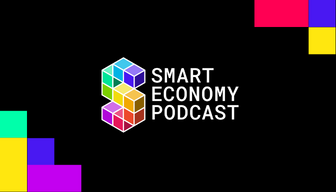
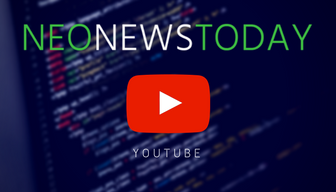
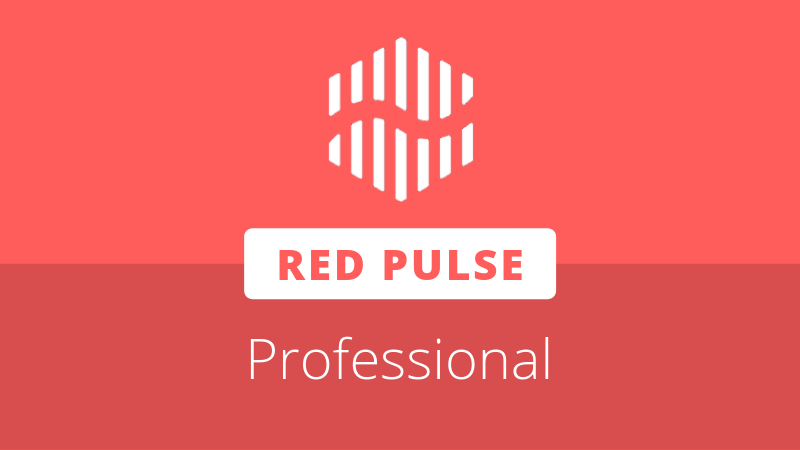
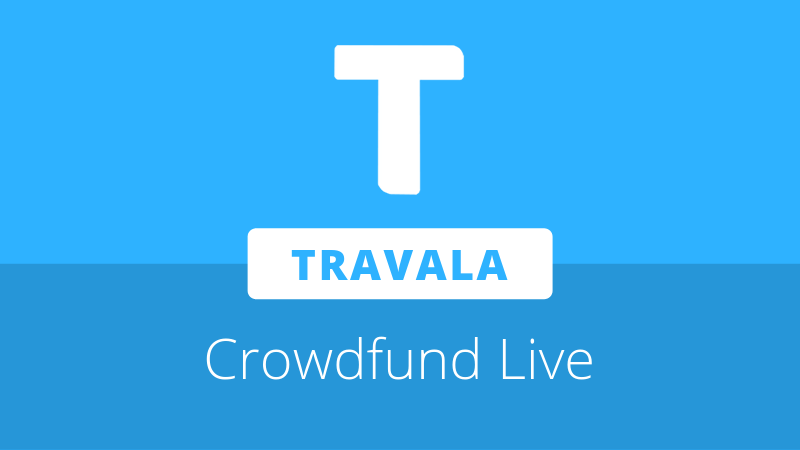
About The Author: Colin Closser
Colin Closser, M.D., was a speaker at the first NEO DevCon in San Francisco. A devoted contrarian, he has managed the improbable: a peaceful and healthy life, despite holding a medical degree. He aspires towards the wisdom of Michael Lewis and Nassim Nicholas Taleb.
More posts by Colin Closser